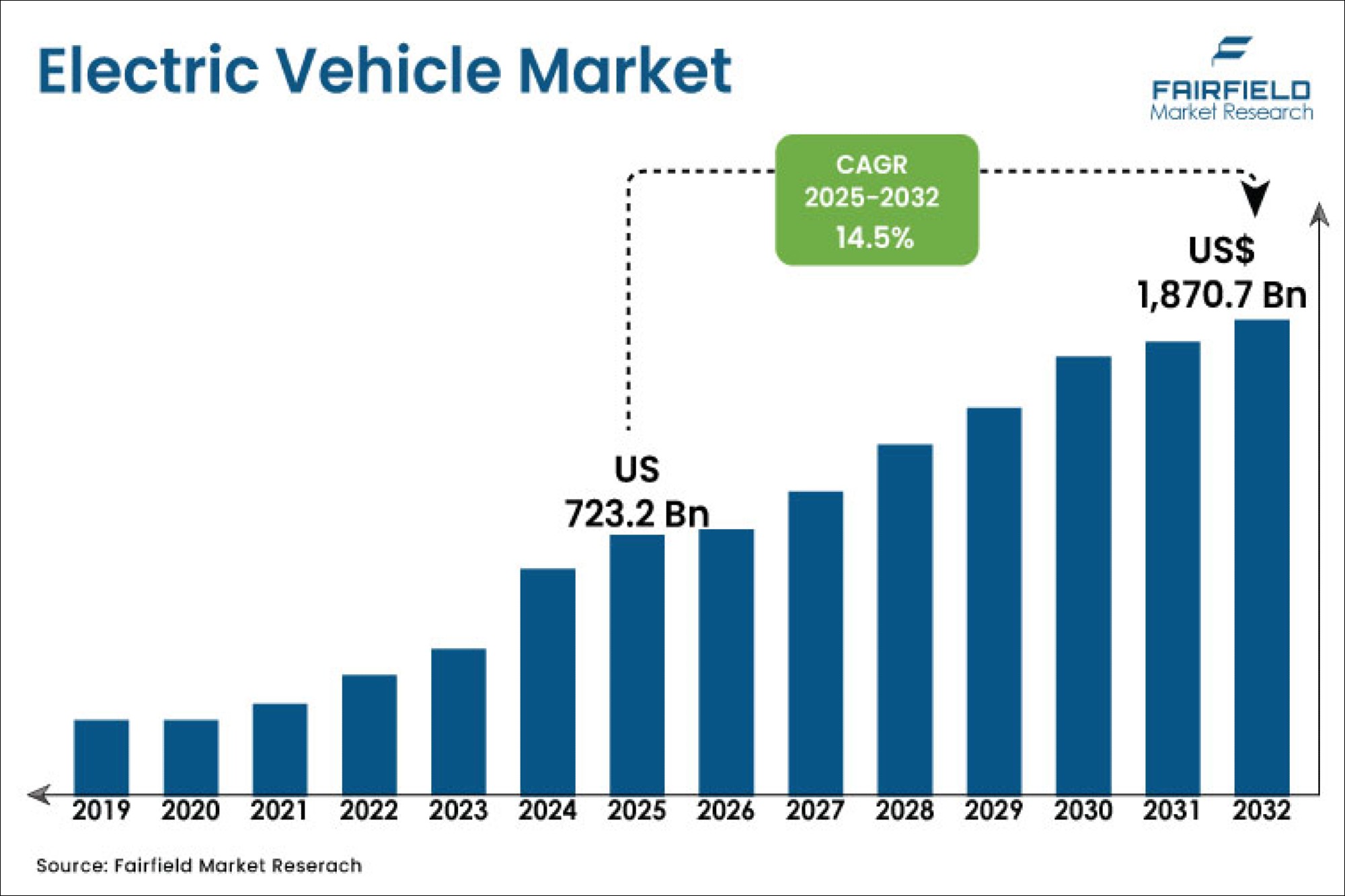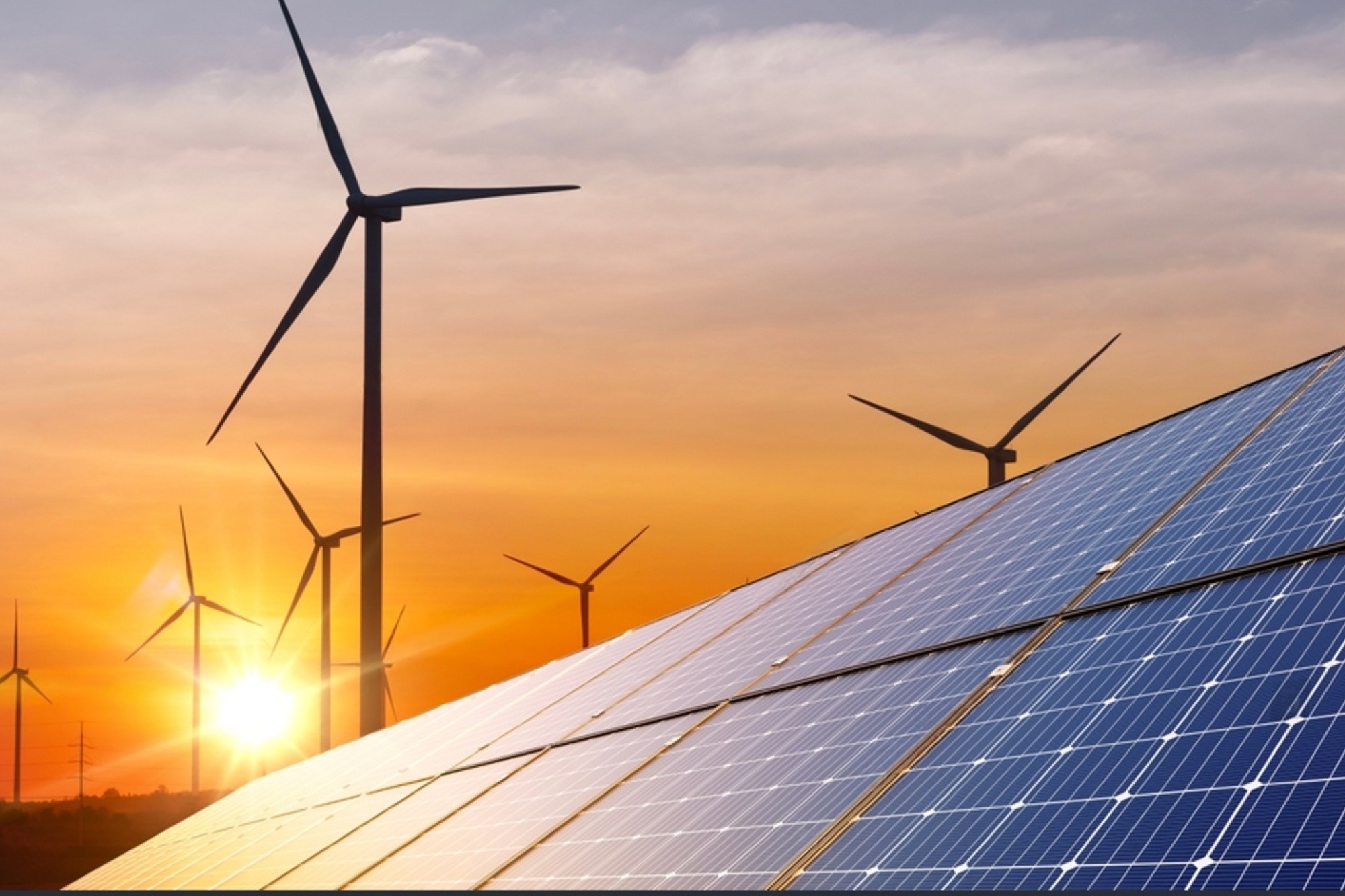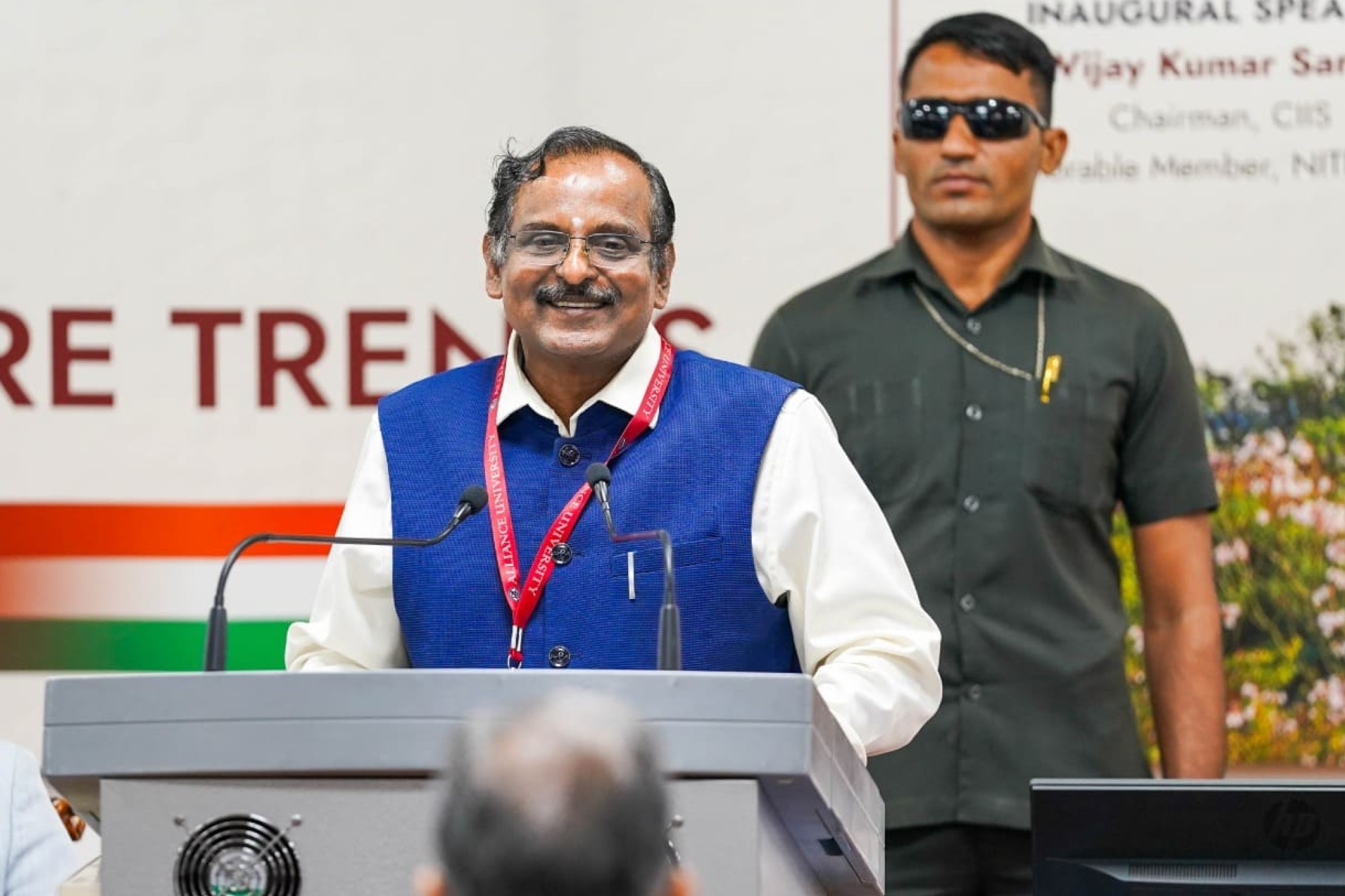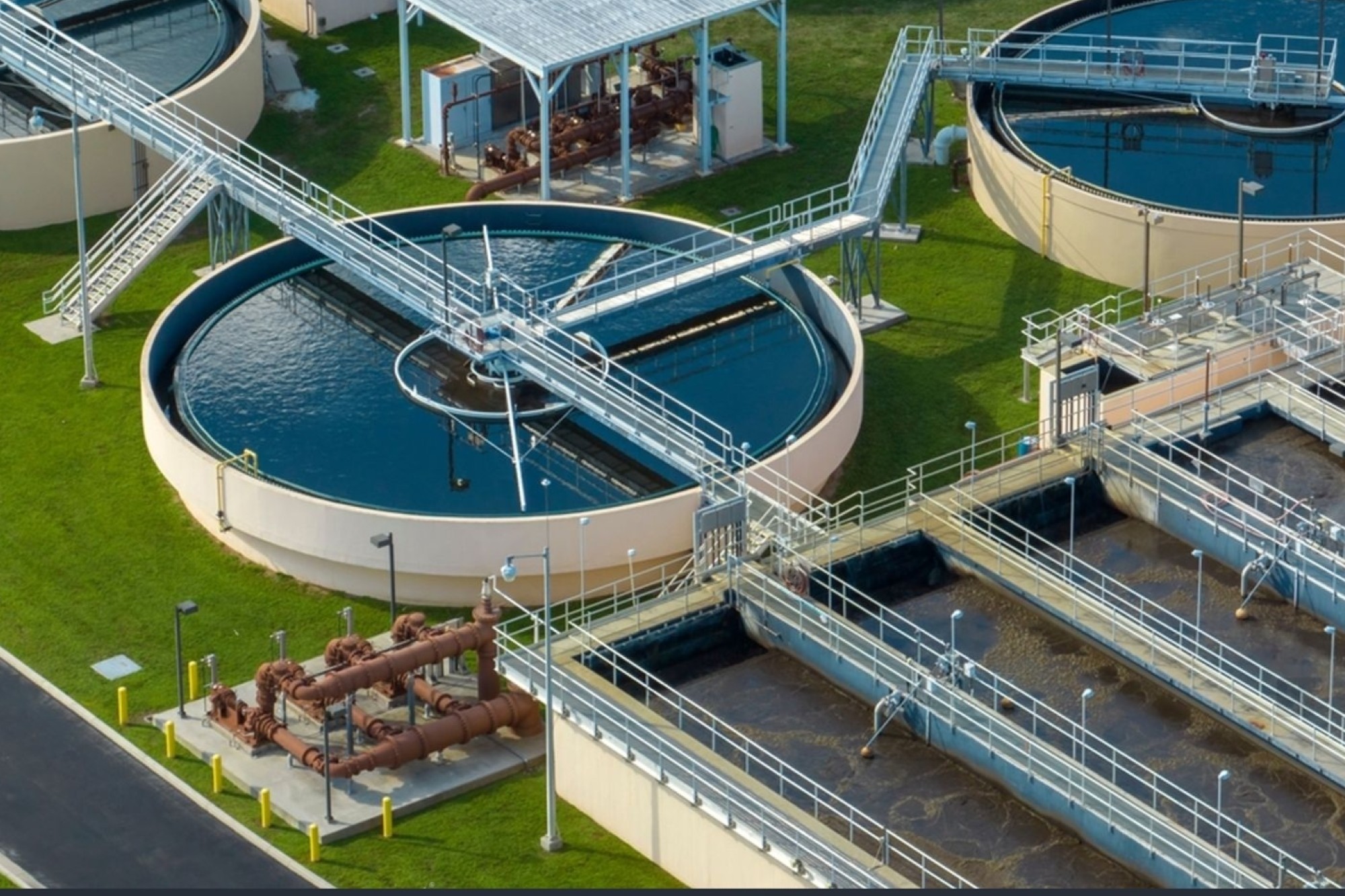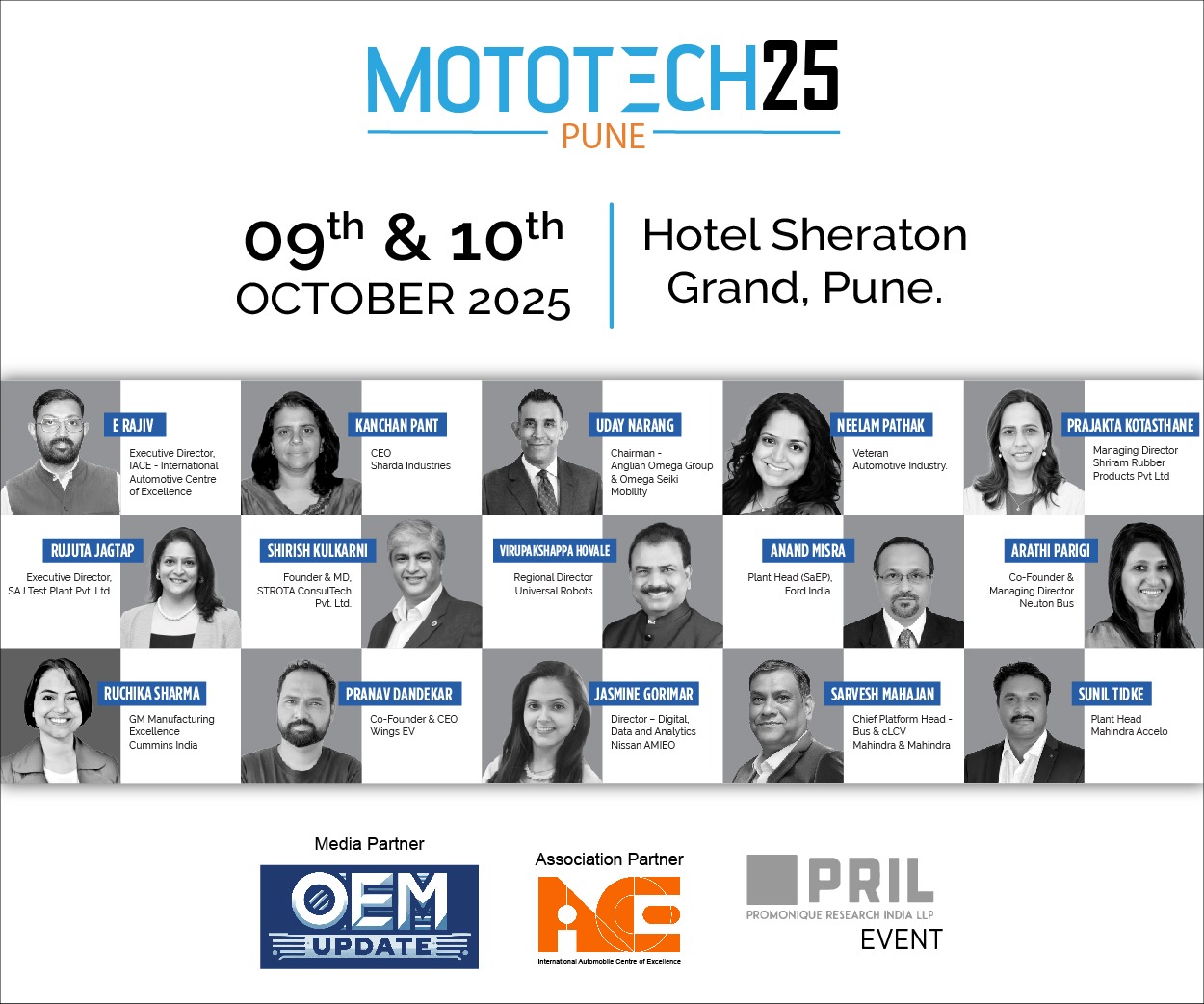Electric vehicles five innovations driving a new era of mobility
By Staff Report June 30, 2025 5:23 pm IST
Electric vehicles are reshaping transportation and challenging traditional automakers. With growing demand and stricter emissions standards, innovation is driving the shift toward cleaner, smarter mobility. Discover five key technologies that are pushing electric vehicles toward greater efficiency, convenience, and sustainability.
Electric vehicles (EVs) are no longer a distant dream; they are transforming transportation today, reshaping the auto industry, and challenging established automakers. Fairfield Market Research predicts remarkable growth for the global electric vehicle market over the next decade. As demand rises and emissions standards tighten, innovation is accelerating this transition. Let’s explore five game-changing breakthroughs that are driving EVs toward greater efficiency, convenience, and sustainability.
Solid-State Batteries: The Future of Range and Safety
Solid-state batteries, which use solid rather than liquid electrolytes, offer higher energy density, enabling ranges of up to 600 miles per charge in prototypes. Their non-flammable materials enhance safety by reducing fire risks. Companies like Toyota and QuantumScape are investing heavily in commercialising these batteries, which promise faster charging without compromising performance and are set to intensify competition in range, cost, and power.
Ultra-Fast Charging Networks: Five-Minute Top-Ups
New ultra-fast chargers from networks such as IONITY and Tesla Supercharger V4 deliver over 350 kW, cutting 80% of charging times to as little as five minutes. These systems feature high-voltage designs, advanced cooling, and smart-grid integration to manage demand and prevent overload. This makes EV refuelling as convenient as filling up with petrol, encouraging adoption beyond cities to highways and rural areas.
Vehicle-to-Grid (V2G): EVs as Energy Resources
V2G technology allows EVs to supply electricity back to the grid during peak demand, helping balance supply and creating revenue opportunities for owners. Successful pilots in Europe and California demonstrate its potential. Automakers like Nissan and Honda are integrating V2G functionality into their models. When combined with utility incentives, V2G helps reduce ownership costs and turns EVs into active participants in the energy system.
Wireless Charging: Hassle-Free Powering Up
EVs can now recharge wirelessly through inductive pads embedded in parking spaces or beneath roads. Companies such as WiTricity and Plugless Power offer systems with up to 90% efficiency for home or public use. Dynamic charging on the move tested in Sweden and South Korea extends range for fleets. These solutions eliminate the need for cables and will complement wired fast chargers, making charging simpler and more convenient.
Autonomous Driving: Smarter, Safer EVs
The simpler powertrains and integrated computing of EVs make them ideal for autonomous driving technology. Companies like Tesla, Waymo, and Mobileye are developing systems that enable Level 3 and Level 4 automation using AI-powered sensors. Features like smart summon and valet parking are already enhancing convenience. Autonomous EV fleets promise lower costs and reduced congestion, reshaping the future of mobility.
The Road Ahead
These innovations – solid-state batteries, ultra-fast and wireless charging, V2G integration, and autonomous driving – are breaking down key barriers to EV adoption and redefining customer expectations. With collaboration across industries, the automotive sector is on the brink of its most significant transformation in a century, delivering cleaner, smarter, and more connected mobility.
Cookie Consent
We use cookies to personalize your experience. By continuing to visit this website you agree to our Terms & Conditions, Privacy Policy and Cookie Policy.



